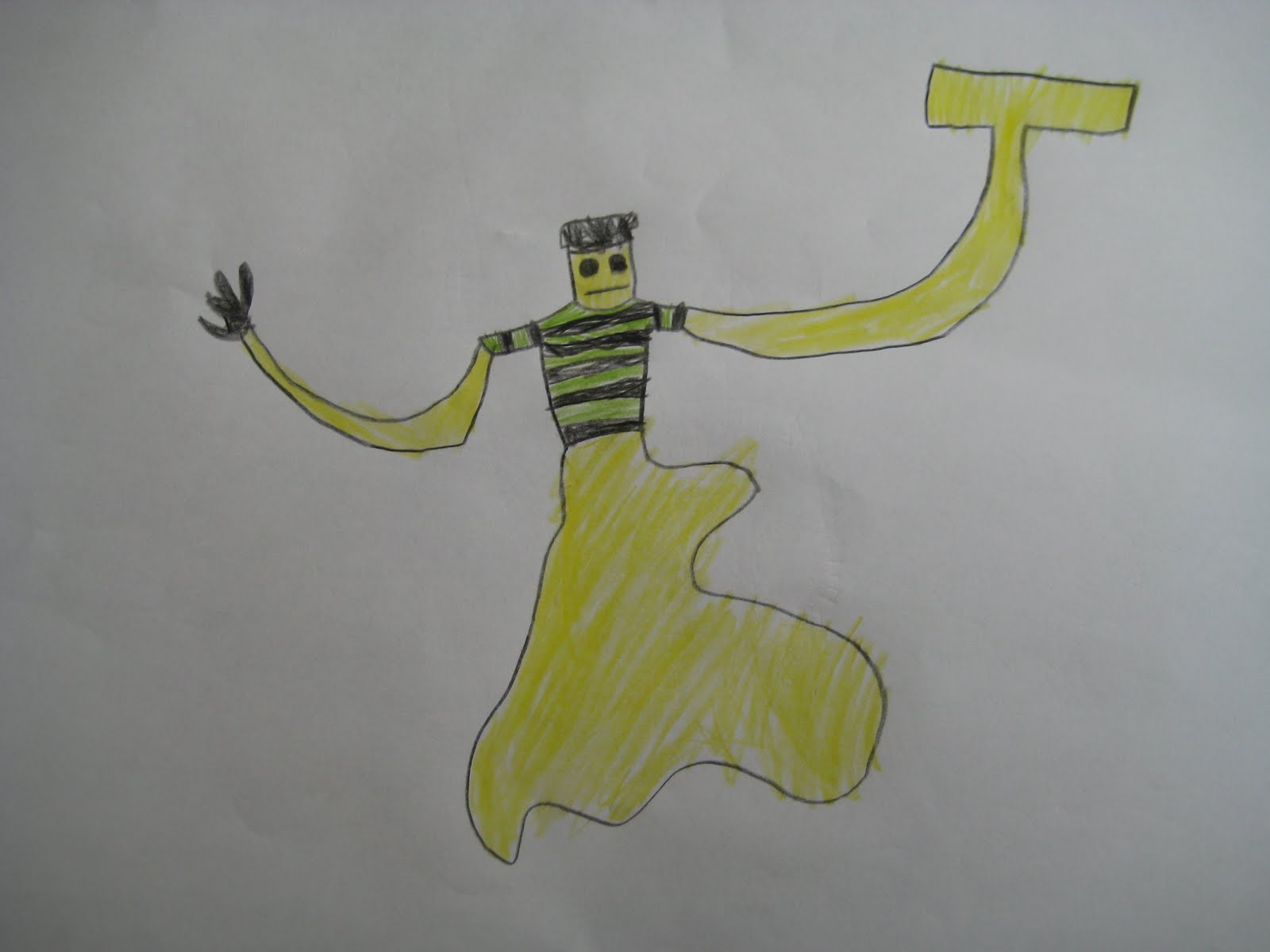
Such fictional accounts, coupled with scores of unconfirmed sightings by sailors over the years, have elevated the giant squid into the fabled realm of the fire-breathing dragon and the Loch Ness monster. In a famous scene in “20,000 Leagues Under the Sea,” Jules Verne depicts a battle between a submarine and a giant squid that is twenty-five feet long, with eight arms and blue-green eyes-“a terrible monster worthy of all the legends about such creatures.” More recently, Peter Benchley, in his thriller “Beast,” describes a giant squid that “killed without need, as if Nature, in a fit of perverse malevolence, had programmed it to that end.” What they claimed they saw-a claim that many regarded as a tall tale-was a giant squid, an animal that has long occupied a central place in sea lore it has been said to be larger than a whale and stronger than an elephant, with a beak that can sever steel cables. “I’ve been sailing for forty years and I’ve always had an answer for everything-for hurricanes and icebergs.
SQUIDMAN THE SEA MONSTER SKIN
The creature had glistening skin and long arms with suckers, which left impressions on the hull. “The whole animal must have been nearly thirty feet long.” “As it unhooked itself from the boat, I could see its tentacles,” Ragot recalled. Then, just as the stern seemed ready to snap, everything went still. The floorboards creaked, and the rudder started to bend. The creature seemed to be wrapping itself around the boat, which rocked violently. “There were two giant tentacles right beneath us, lashing at the rudder.” “I had never seen anything like it,” he told me. Kersauson took the flashlight, and inspected for himself. “I think it’s some sort of animal,” Ragot said. He beckoned Kersauson, who came down and crouched over the opening. “It was bigger than a human leg,” Ragot recently told me. Meanwhile, the first mate, Didier Ragot, descended from the deck into the cabin, opened a trapdoor in the floor, and peered through a porthole into the ocean, using a flashlight. Some of the crew took out spotlights and shone them on the water, as the massive trimaran-a three-hulled, hundred-and-ten-foot boat that was the largest racing machine of its kind, and was named Geronimo, for the Apache warrior-pitched in the waves. Kersauson ordered his crew, all of whom were now running up and down the deck, to investigate.



Kersauson turned the wheel one way, then the other still, the gunwales shook inexplicably in the darkness. There was no land for hundreds of miles, yet the mast rattled and the hull shuddered, as if the vessel had run aground. On a moonless January night in 2003, Olivier de Kersauson, the French yachtsman, was racing across the Atlantic Ocean, trying to break the record for the fastest sailing voyage around the world, when his boat mysteriously came to a halt.


 0 kommentar(er)
0 kommentar(er)
